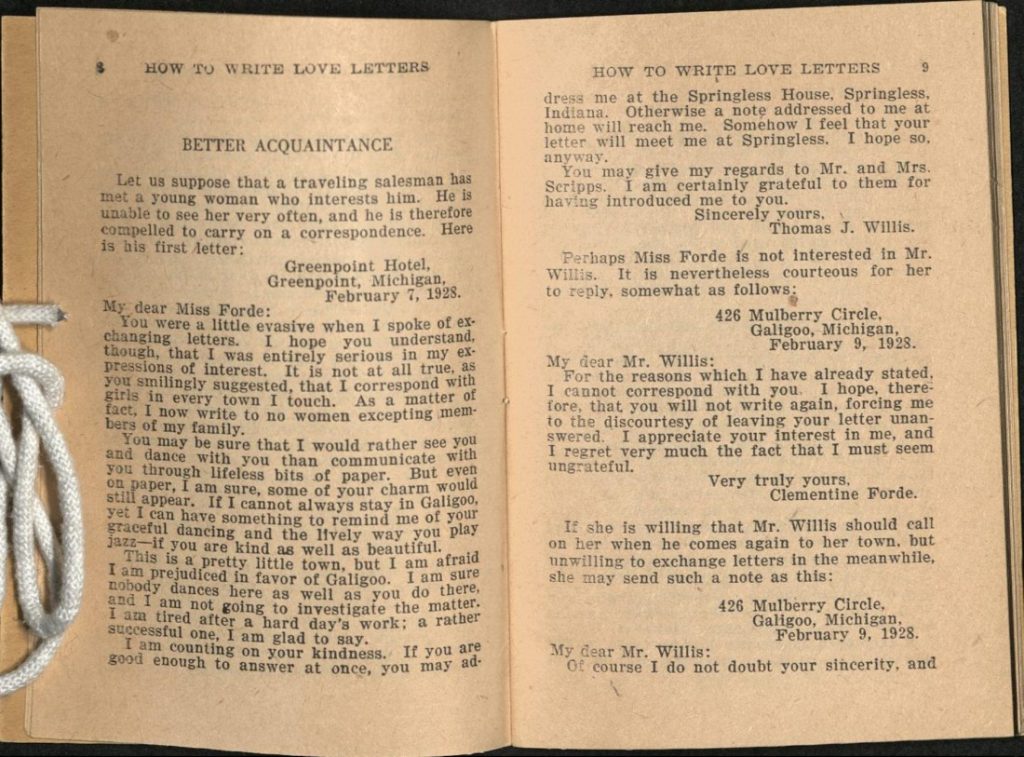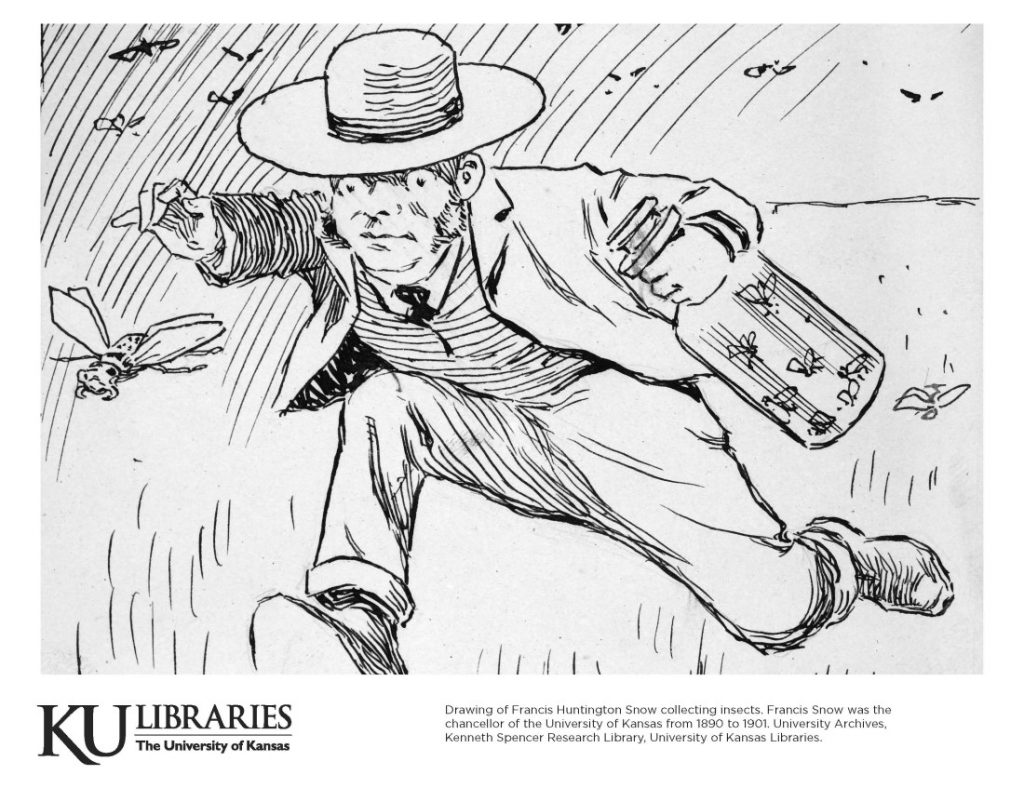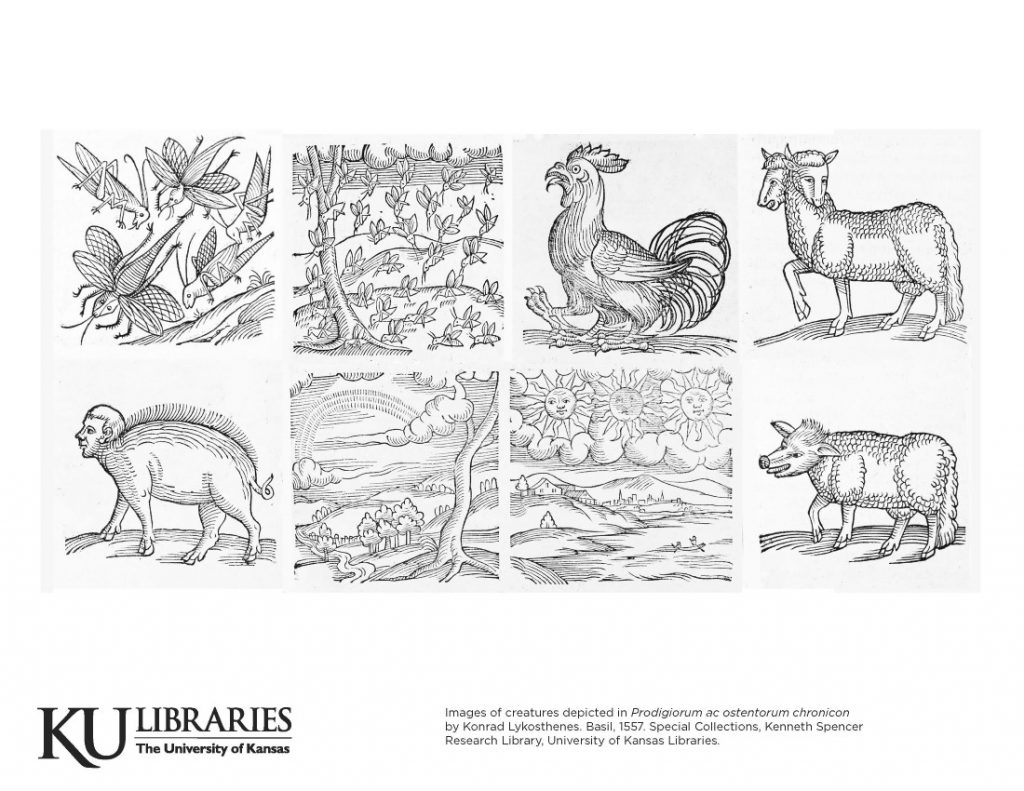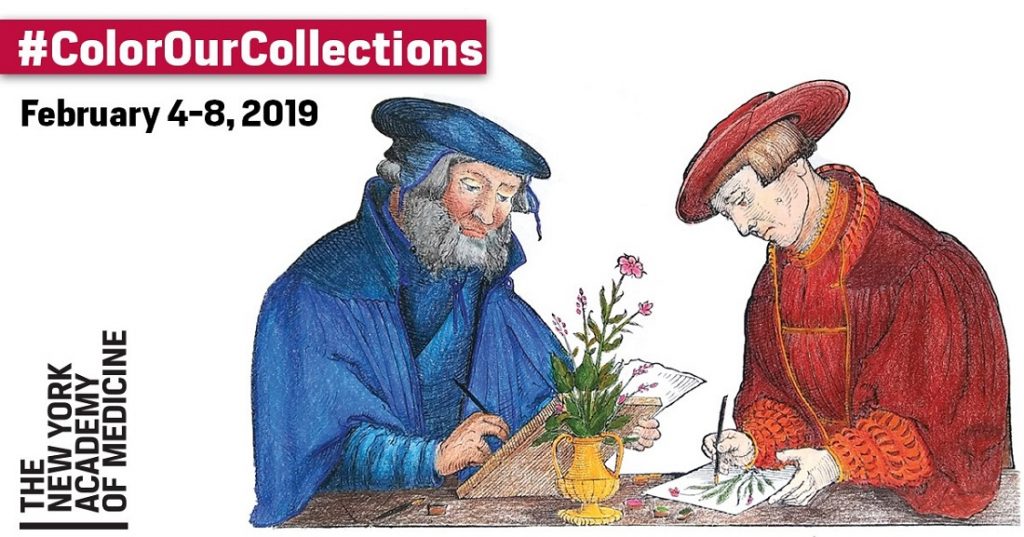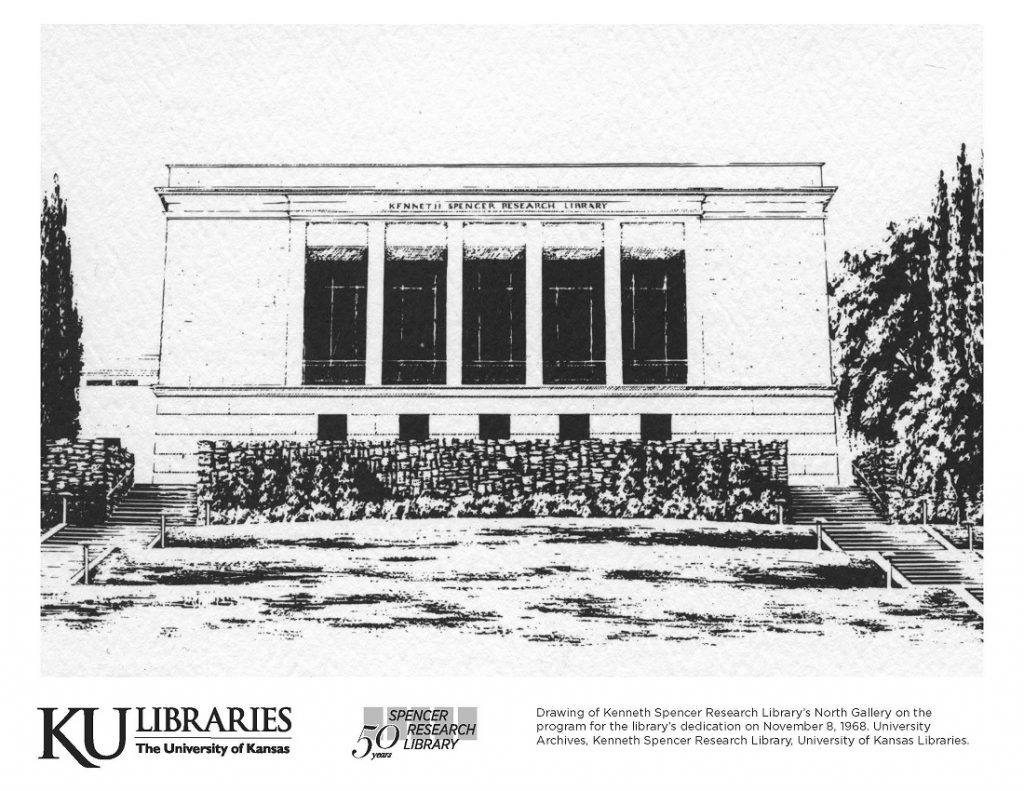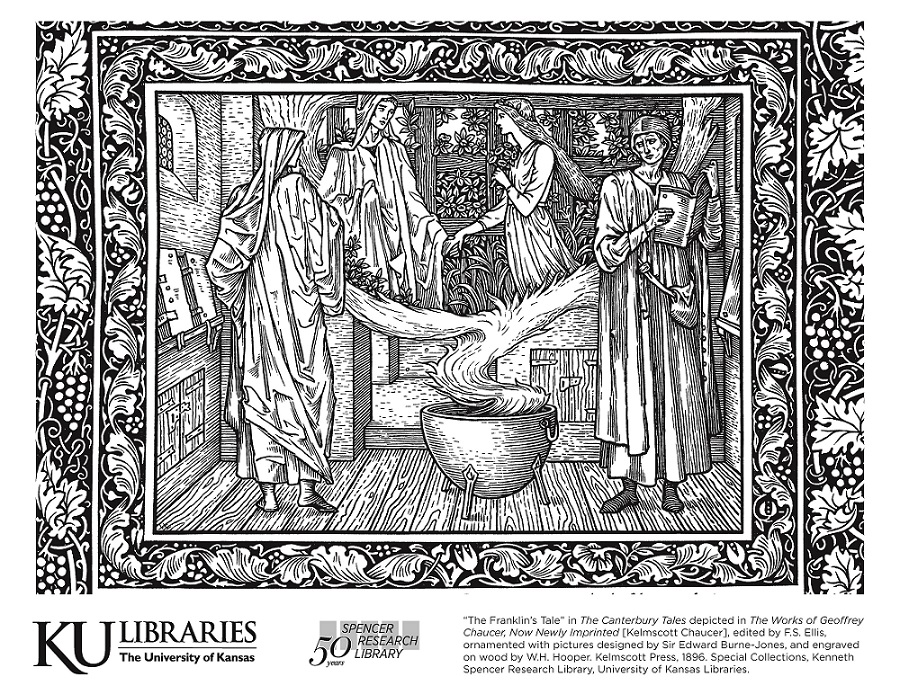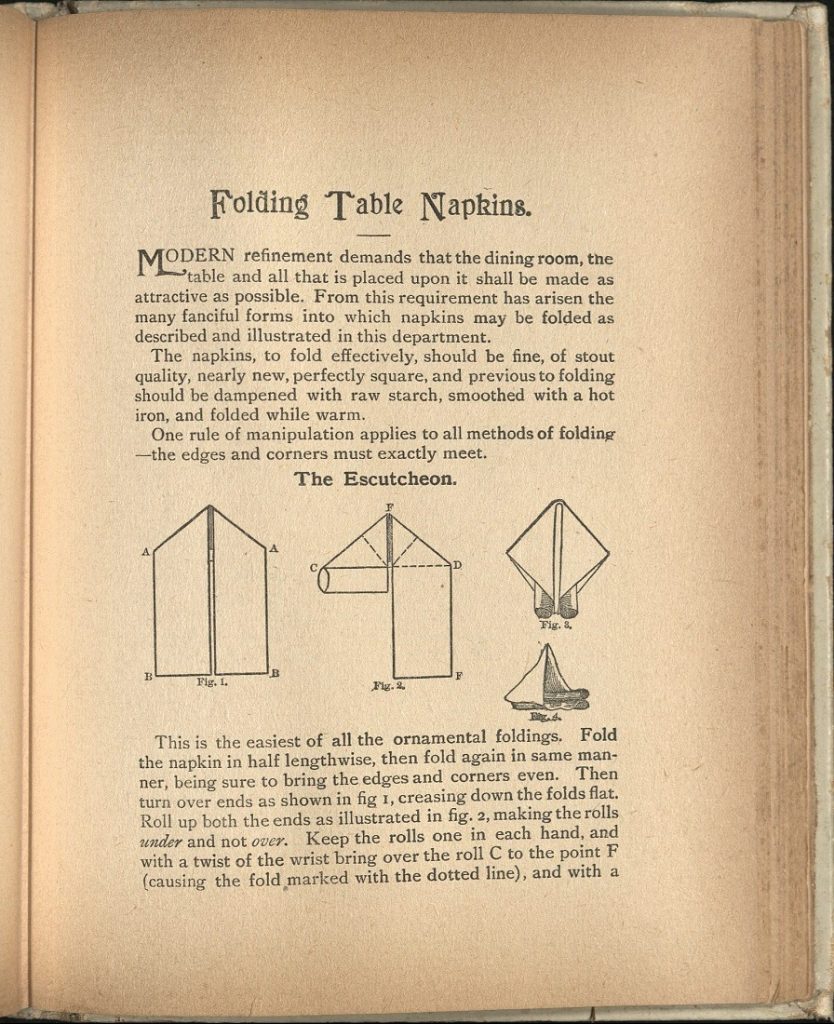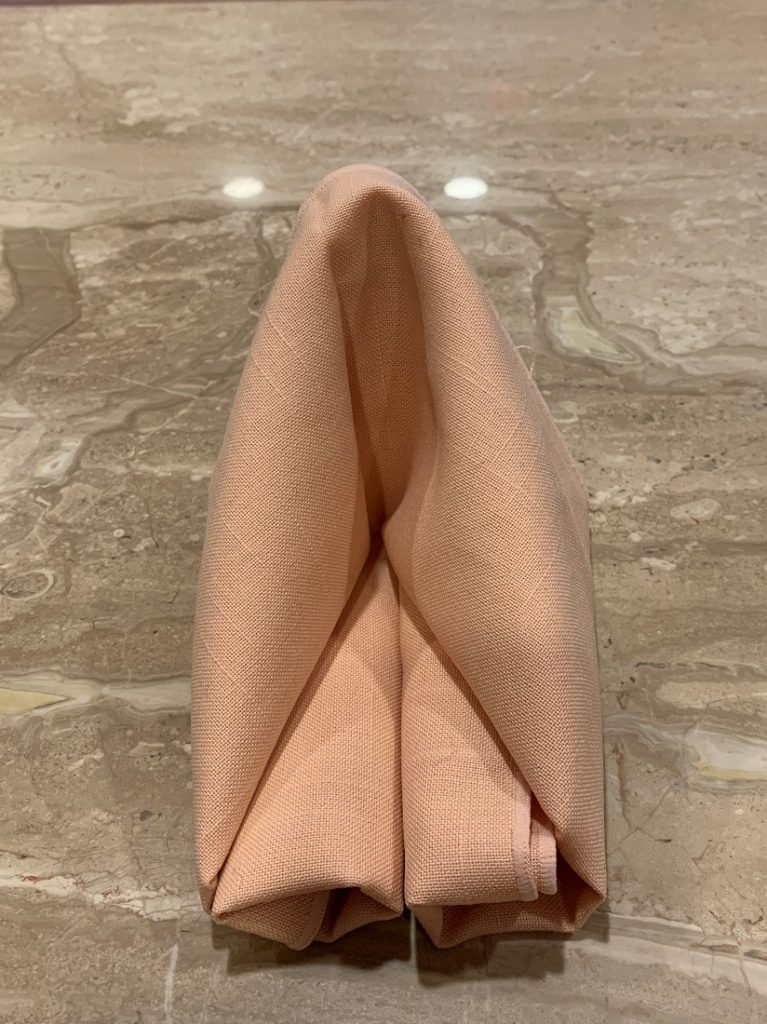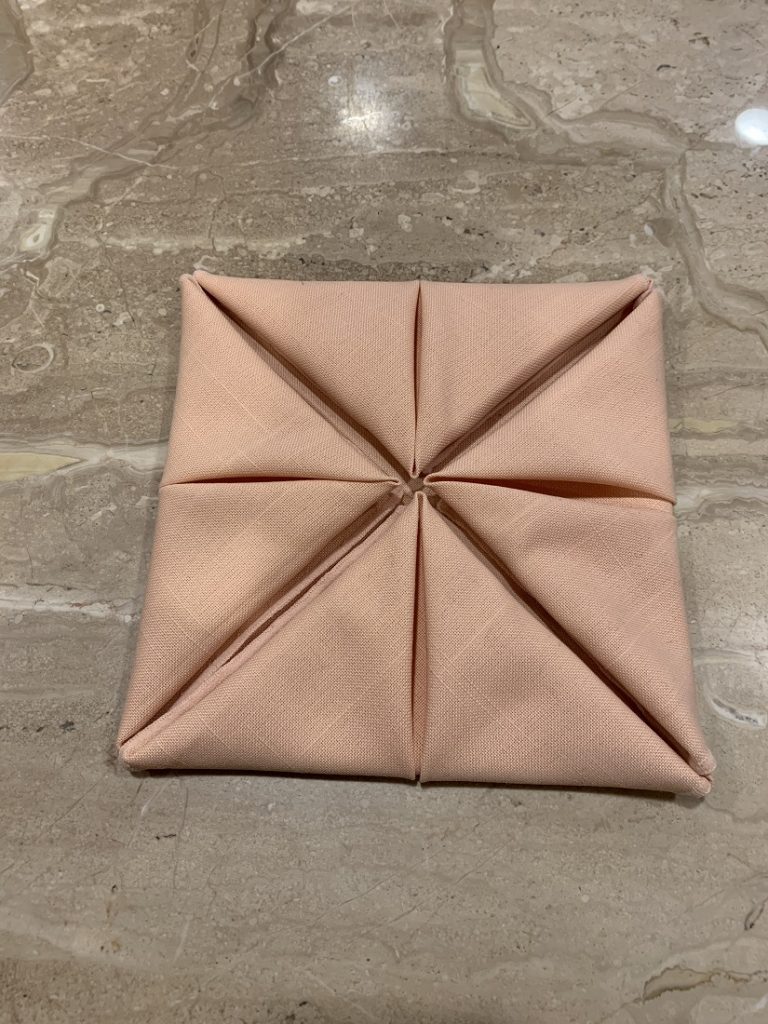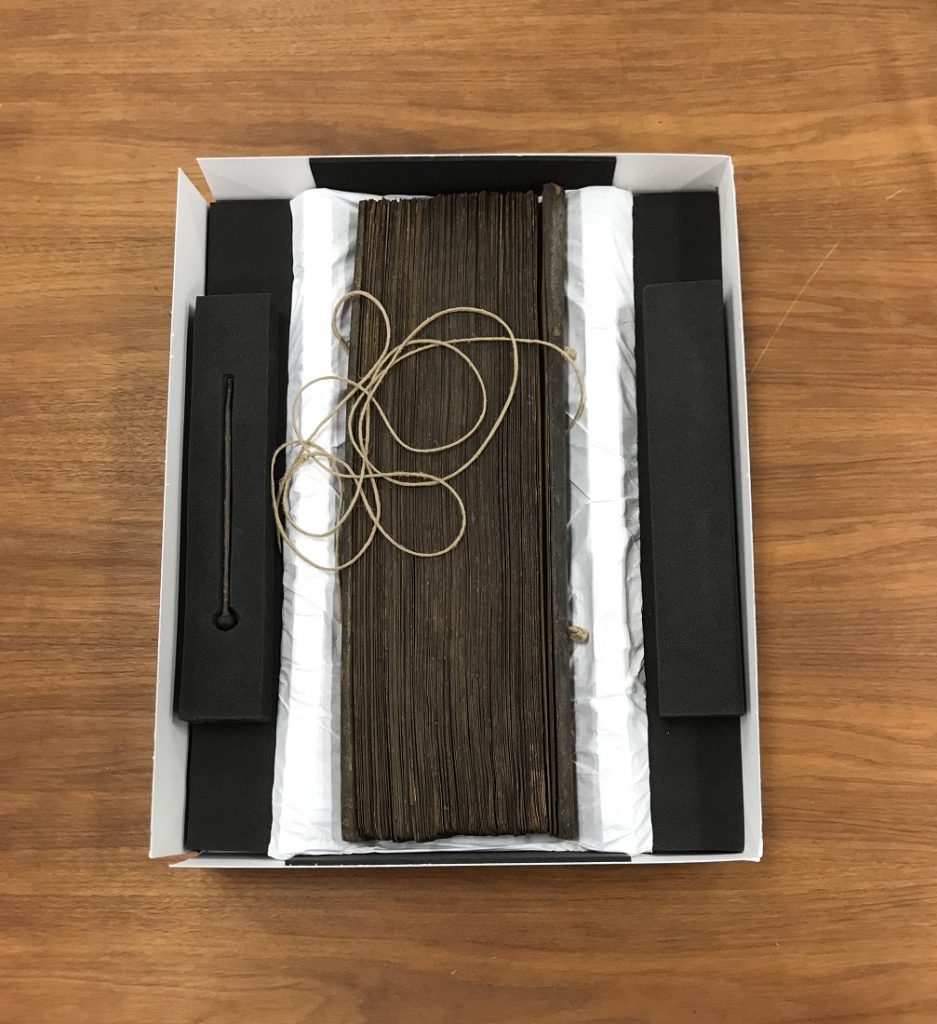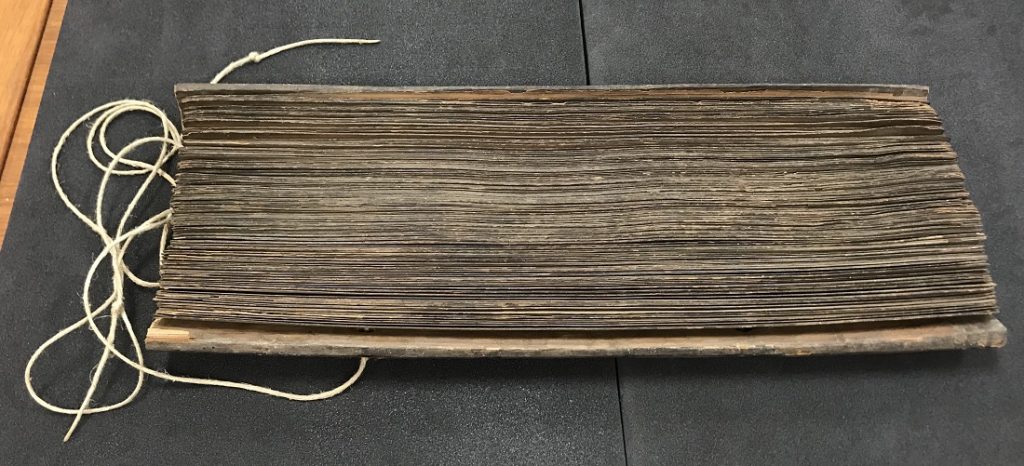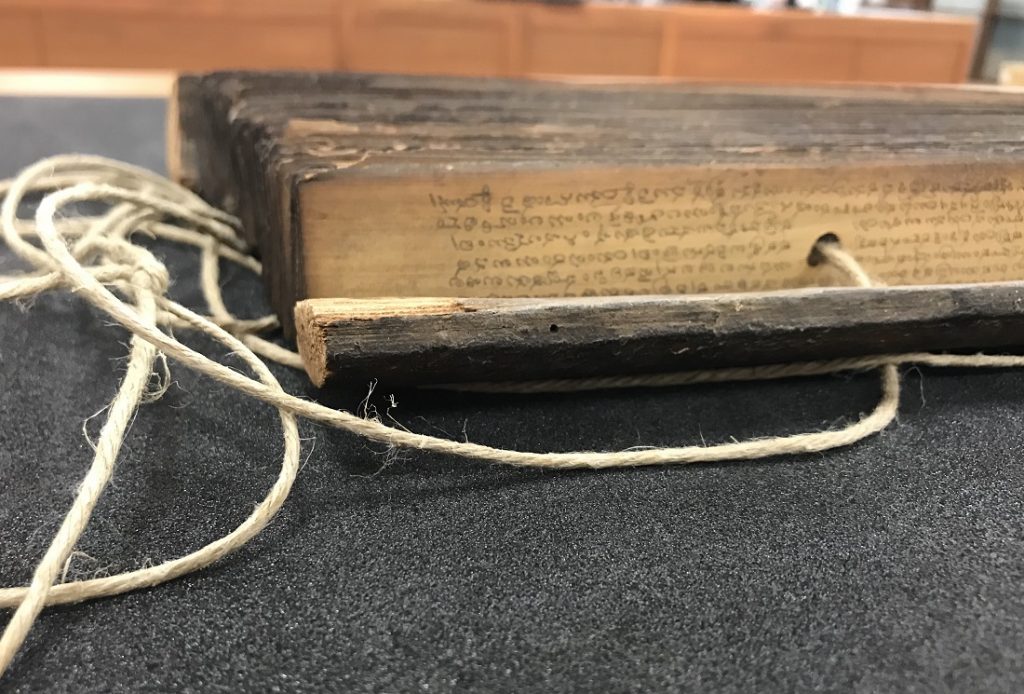Love in the Time of Corona: How to Write Love Letters
April 16th, 2020Picture it: You’ve met someone interesting, funny, exciting, attractive – someone who could be something really special. Then, POOF! Social distancing happens and you have no option for in-person contact with your romantic prospect for who knows how long.
How do you continue getting to know each other and keep that initial connection flourishing? Texting? Emails? Video calls? While all are great options, why not take this opportunity to try another choice? Everyone, it is time to break out those pens and paper and start writing love letters again!

Now you may ask, “Why write letters when we have phones and computers at our disposal?” The logic is three-fold:
1) Tangibility: Since you can’t embrace the one you fancy, why not create something physical for one another to have and hold during this time of distance?
2) Permanence: Typically, text messages are deleted automatically after a certain period of time. Phone calls and video chats exist only at the time they are happening (unless you record them). Letters, on the other hand, will last – as long as they are cared for properly.
3) Hobby option: Social distancing has prompted many people to explore new hobbies – particularly creative ones. While people learn to bake from scratch, sew masks, and try their hands at knitting, writing letters or keeping a journal is another creative outlet to explore!
Personally, I do not do much letter writing (let alone ones of an amorous nature) and I know that most of my friends, family, and colleagues do not either. Thankfully, I found a great source of advice: How to Write Love Letters by Leo Markun (1927), one of the Little Blue Books in Spencer’s Kansas Collection.
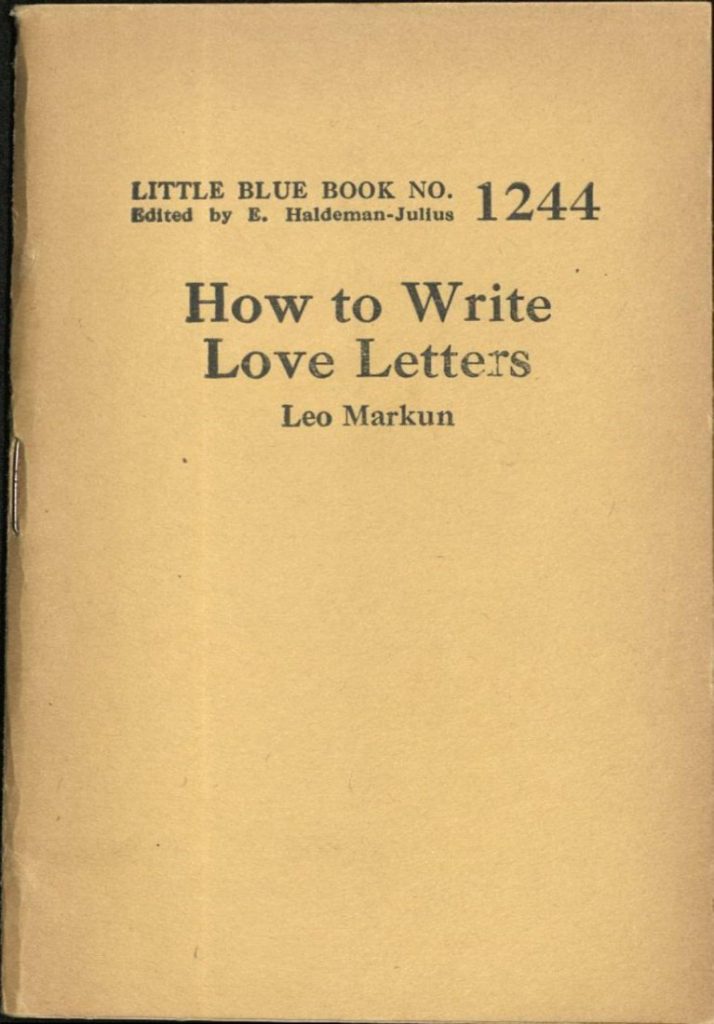
Using the long-distance love story of Clementine and Thomas (a traveling salesman), this quaint publication gives examples of love letters appropriate to various levels of relationships – Better Acquaintance, Avowed Tenderness, Betrothed, and Married – and for a variety of situations within those relationships. In the midst of the letters, Markun also provides advice so that the reader may maintain the appropriate level of formality with regard to language, expectations, and even writing materials to use. For example, Markun writes that “amorous correspondence should be written in black or blue-black ink, and gentlemen usually write on white paper, although various light tints are occasionally in fashion” (10-11).
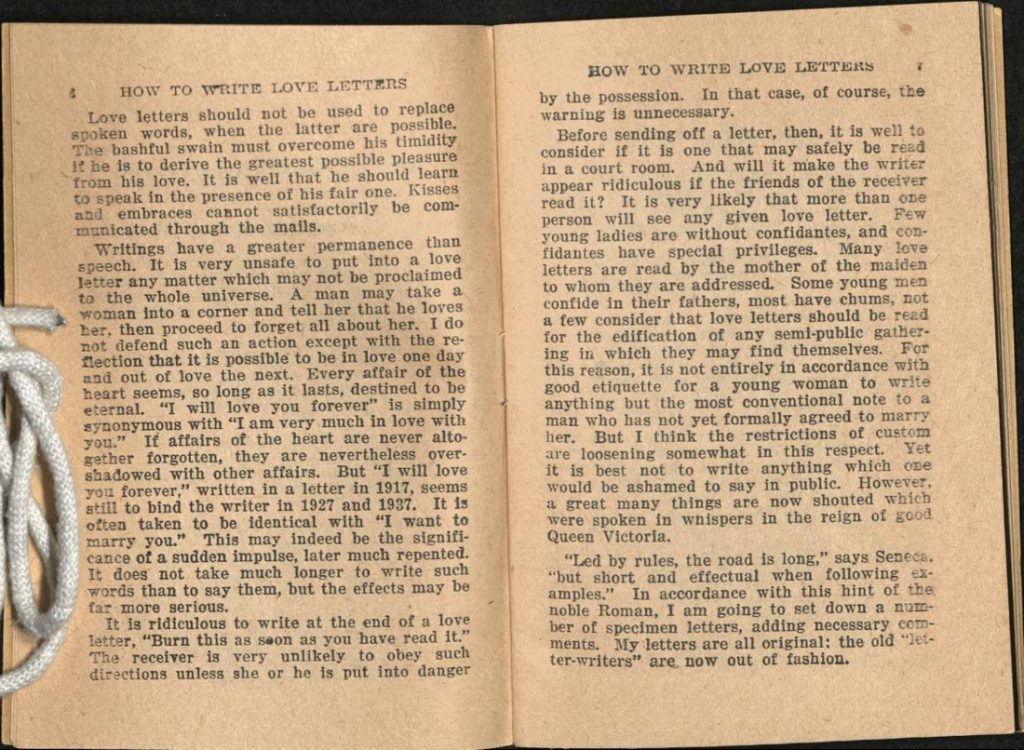

I decided to focus my attention on the advice and examples for the first two levels of relationships: Better Acquaintances and Avowed Tenderness. After reading through the highly entertaining letters and advice featured, here are the five tidbits that I think will be most useful for those attempting to write a love letter in the 21st-century:
1) Respect the other’s wishes. Before courtship by mail can even begin, make sure that both of you are on the same page regarding your interest in each other. If one party isn’t interested in corresponding and has communicated their wishes, the other should not be angry when further letters are left unanswered.
2) Dates, dates, dates. Always include the full date on every letter. This will help avoid confusion and potential misunderstandings because it helps the recipient keep track of when the letter was written.
3) Think before you ink. You want to be clear about your intentions and not say things you do not mean. As Leo Markun wrote in the Introductory Note of How to Write Love Letters, “it is very unsafe to put into a love letter any matter which may not be proclaimed to the whole universe” (6). Saying “I love you” in person is fleeting; saying “I love you” in ink is forever. In addition to considering the permanence of what you write, know that it is possible that your letter may be read by someone other than the intended recipient. As Markun advises, “before sending off a letter, then, it is well to consider if it is one that may safely be read in a court room” (7).
4) Be yourself. Your letter should have personality! Show off your humor, share your thoughts, give your writing your style and voice. Because this is so vital, remember that merely copying a letter and changing the names is not going to give you the desired results.
5) Grammar is sexy. Personality does not come at the expense of proper grammar. Per Markun, “there is less excuse for slipshod grammar in a letter than there is in talking… If necessary it may be rewritten” (14).
And with this advice in hand, it’s time to start writing! So let’s break out the stationary, spread the love (without spreading the germs), and help keep the postal service afloat.
Emily Beran
Public Services

